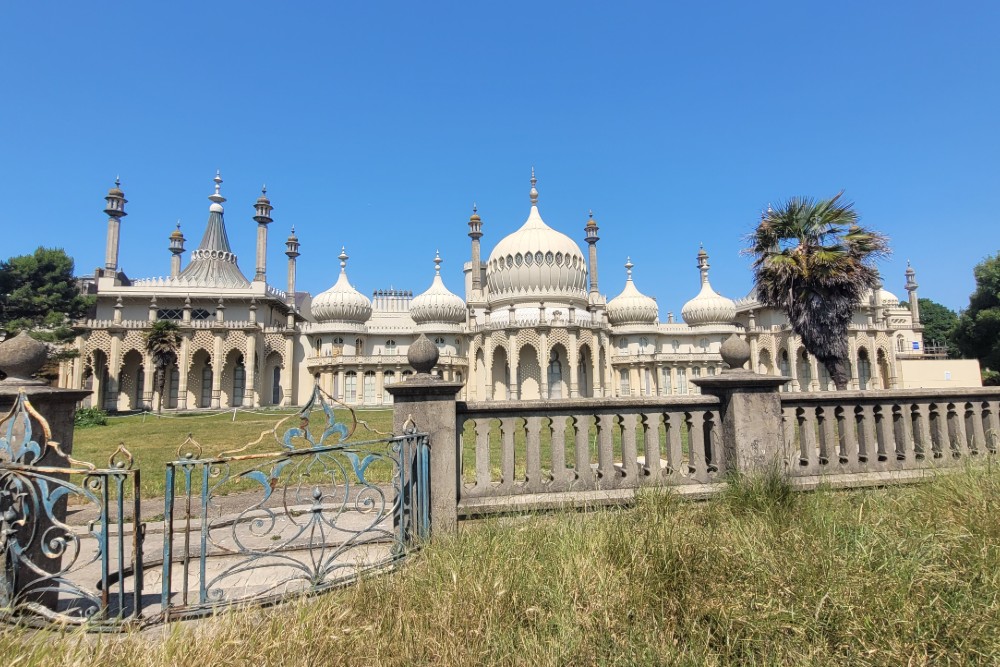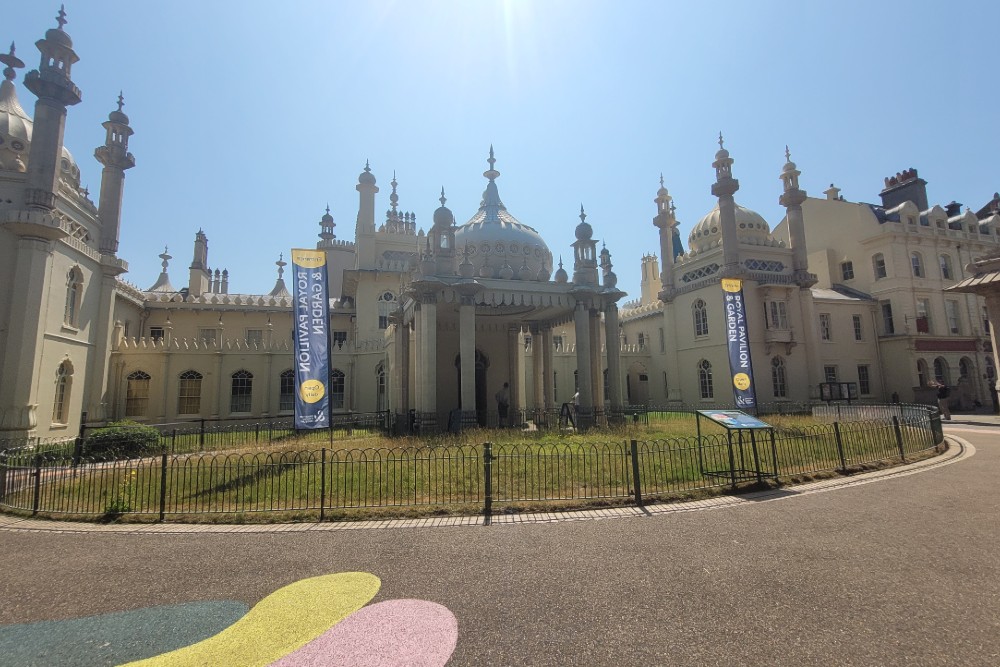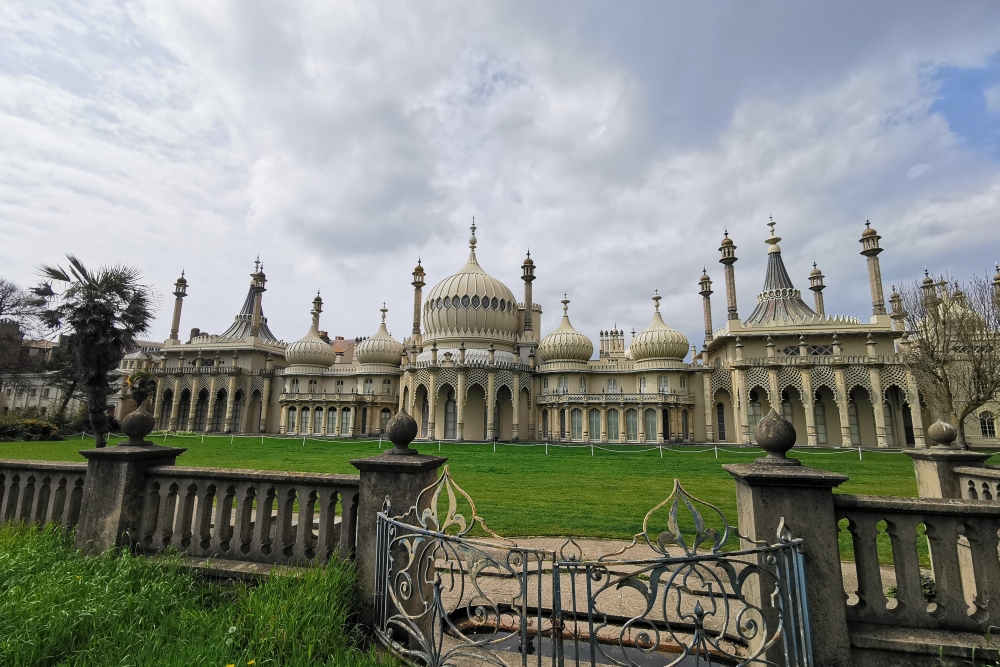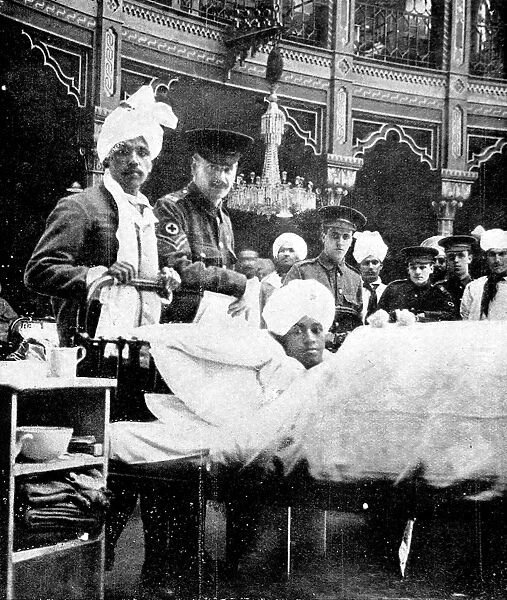Royal Pavilion Brighton
The Royal Pavilion was initially built in the 1780s for George, Prince of Wales so he could take advantage of Brighton's climate and carry out bathing in the salt water for health reasons.
In the early months of World War One, the Royal Pavilion was converted into a military hospital. it was first used for Indian Army soldiers who had become sick or wounded while fighting for the British on the Western Front.
While the men received excellent medical care, the Royal Pavilion hospital was heavily promoted to encourage Indian loyalty to the British Empire. The careful arrangements made to cater for the cultural and religious needs of the patients were widely reported. Great play was also made of the palace’s royal associations, even though the building had been in civic ownership for over 60 years.
After Indian troops were withdrawn from fighting in Europe, the Pavilion was converted into a hospital for British solders who had lost arms and legs through amputation. The hospital for ‘limbless men’ not only provided medial treatment, but also trained the patients in new skills so that they could find employment in civilian life.
The Royal Pavilion remained in use as a hospital until 1920.
Do you have more information about this location? Inform us!
Source
- Text: Sharky Ward
- Photos: Anthony (Sharky) Ward (1, 2), Lennard Bolijn-Verweijen (3), Daily Telegraph (4)
- https://brightonmuseums.org.uk/visit/royal-pavilion-garden/our-history/
Nearby
Point of interest
Monument
- India Gate - Brighton
- Memorial Royal Sussex Regiment - Brighton
- 'Old Contemptibles ' Association Brighton - Brighton
Cemetery
- Commonwealth War Grave Florence Place Jewish Cemetery - Brighton
- Commonwealth War Graves Preston Cemetery - Brighton
- Commonwealth War Graves Lewes Road Borough Cemetery - Brighton








